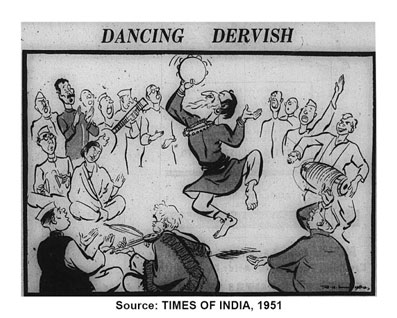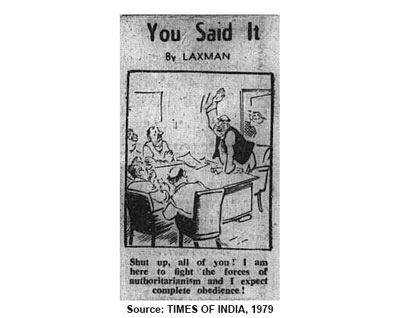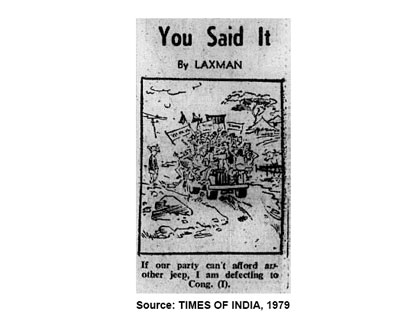Crowd source stories in the form of short videos (3-5 min), audio messages, photo essays and articles from individuals representing all sections of society through the online platform www.indiabefore91.in, in-house research, partnerships with professional and civil society associations. This portal will also be a repository of stories of the life before and after 1991 reforms.





